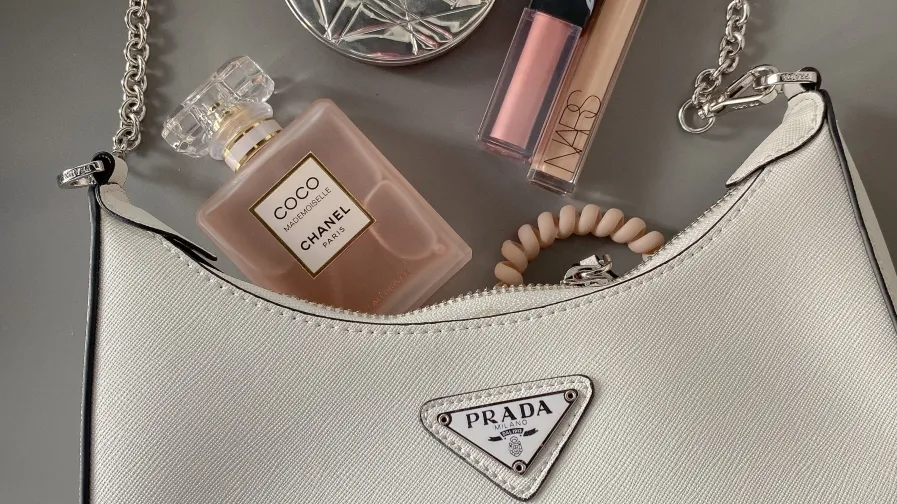
Gen Zs are becoming China’s biggest spenders
21% of these consumers are ready to spend 16% of their income on luxury.
Gen Zs are not shy to spend their money on themselves, particularly in China where more than 20% of Gen Zs are willing to shell out over 16% of their income for luxury products. This puts the Gen Zs well in place to become the luxury market’s largest consumer base, overtaking other age groups.
In a study, KPMG China found that whilst a larger 29% of Gen Zs are willing to pay less than 5% of their annual income for luxury items, the 21% who are willing to pay more stand at the same ratio as Baby Boomers (55+). This is just 11 percentage points behind compared to Millennials (25-34).
In addition, around 43% of Gen Zs are open to paying a premium of more than 5% for products that are aligned with their values, just 4 points lower than Millennials, which signifies the strong propensity to pay amongst this age group.
“Gen Z will soon become the major force of purchase in China. Brands need to understand their values, beliefs, motivations and behaviours, and factor those insights into retail experiences and customer journeys,” Anson Bailey, head of Consumer & Retail ASPAC, KPMG China, said.
Wealth Access
The report noted that Gen Zs are considered the wealthiest generation in the market, which is thanks to the one-child policy imposed in China, better education levels, and financial literacy. Understandably, this generation has greater access to disposable incomes.
“[Gen Zs] will already have been born into a world where luxury is very accessible,” Fflur Roberts, Industry Manager-Luxury Goods Research of Euromonitor, told Retail Asia. “Their parents, and grandparents probably did not have access to luxury, and they would have had to travel to buy these goods, whereas now it’s on their doorstep.”
She noted that for Asians, luxury is perceived as an aspirational product, as opposed for instance, to their Nordic counterparts who are not as interested in luxury despite having a high disposable income.
“It’s very aspirational, and very status driven. This is an environment that they would have already been born into, and there will be that drive to get a good job, and a good education. There will be that kind of aspirational desire to have access to these products,” she said.
Roberts added that whilst it is still difficult to assess at this point, Gen Zs will eventually become the biggest consumer base, which raises the need for brands to focus on this demographic.
Targeting Gen Zs
Gen Zs are digital natives, Roberts said, making it critical for brands to look at the evolving digital space, particularly the metaverse and gaming.
“Whilst a Gen Z might not necessarily be able to buy a pair of Gucci trainers, for example, they may already be very active in the metaverse and gaming. They may buy Gucci trainers, through an NFT (Non-Fungible Tokens) for the metaverse or through gaming,” Roberts said.
Given that their disposable income is still limited, products that fall under the affordable luxury category are attractive to younger consumers. Products, such as perfume and lipstick, give the same luxury fix to younger consumers seeking to treat themselves whilst still staying within their budgets.
Roberts noted this will also drive growth in alternative payment options, such as “Buy Now, Pay Later.”
Moreover, Gen Zs develop a more personal relationship with brands, compared to other age groups. These young shoppers are more likely to get involved in the creative side of luxury brands and follow not just the brands, but the creative minds behind the collections; whereas older consumers groups, such as Gen X and Baby Boomers, are more likely to follow just the brands and may not even be aware of the creative directors.
‘Voting with their wallets’
This age group is also more likely to follow brands that are aligned with their values, especially involving social and environmental issues. Roberts said Gen Zs give more weight to luxury brands’ actions towards sustainability, equality, and diversity amongst others.
“They will be voting with their wallets. That’s something big that we need to think about in the future,” Roberts said. “Either way, legislation is coming, and all luxury brands will eventually need to start addressing these issues.”
Similarly, KPMG found that nearly 30% of younger consumers (aged 34 and below) will prioritise purchasing from brands that emphasise sustainability and corporate responsibility, higher than 23% of the older age group. Additionally, 30% of those aged 18 to 24 include sustainability as a key consideration when buying luxury products, higher than only 16% amongst those aged between 45 and 54.
“Awareness and interest in sustainability amongst Chinese consumers may still be in its early stages, but it is on the rise and being embraced, with Gen Z consumers leading the trend,” Rani Kamaruddin, ESG Advisory, Sustainable Finance, KPMG China, said.
“Luxury brands should start focusing on sustainability in the supply chain. Embarking on an all-round ESG journey that engages the whole value chain takes a lot of effort, but it will give luxury brands a competitive edge in attracting Gen Z consumers and nurturing brand loyalty from them in the long term.”
China’s luxury market
The luxury market rebounded by the end of 2020 when it reached its pre-pandemic level, largely due to local consumers channelling funds to luxury products, as they were unable to travel overseas.
“They were shopping at home, and there were other issues around the supply chain, but generally, all of the spendings were taking place in their local markets. This trend continued in 2021 and 2022, particularly with Chinese consumers, or any consumers within Greater China,” Roberts said, noting this was also prevalent in South Korea and, to some extent, in Japan.
This has led to luxury brands tweaking their marketing strategies to target local consumers in a way that highlights local cultures and local fashion.
Euromonitor projected that China will be the fastest growing market in the next year; however, there may be a slowdown in China as travel activities resume with the continued border opening, which could redirect discretionary spending in markets outside China.
“That said, a lot of the local consumers will have gotten used to shopping locally and within a space of two to three years, it could be that their mindset will have changed so much that they’ll realize they don’t have to necessarily travel to Europe, the US, or Hong Kong even to buy luxury. They can actually buy it at home so it’s going to be an interesting time,” said Roberts.
Overall, the luxury markets across the Asia Pacific region will likely see a positive trajectory and record growth of about 6%. This will be driven by China, followed by the US. Other markets include Japan, and Thailand, which will be bolstered by tourism, particularly the return of affluent Chinese tourists.
Despite this positive outlook, Roberts said the luxury market will still have its fair share of challenges, taking the shape of the cost of living crisis, and supply chain disruptions still linked to the pandemic and the Russia-Ukraine crisis.
“Whilst we have to look at digital and in focus areas they’re looking at – the metaverse or all of this amazing digital technology that’s coming – we still need to focus on the store because that’s important and that’s where brands can really communicate very well and offer that level of customer service,” she said.
“Within that challenge is meeting the needs of being more sustainable and that is going to be a huge challenge for luxury brands because as I mentioned, legislation is coming, if not already here.”
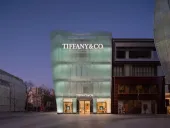


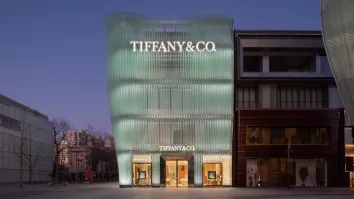
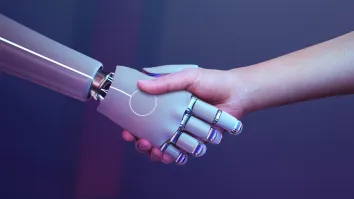
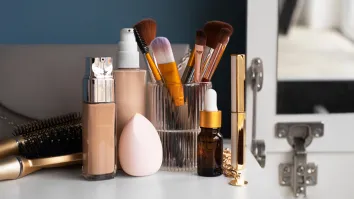





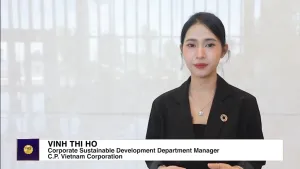



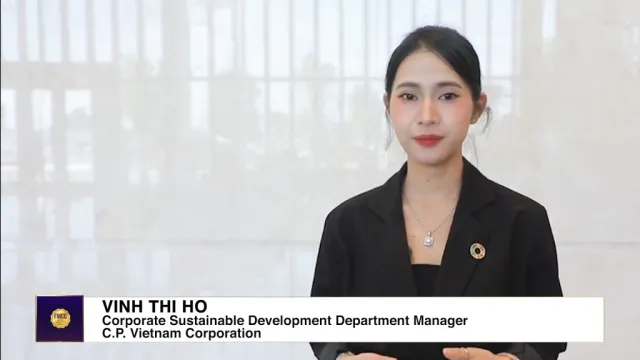



 Advertise
Advertise







